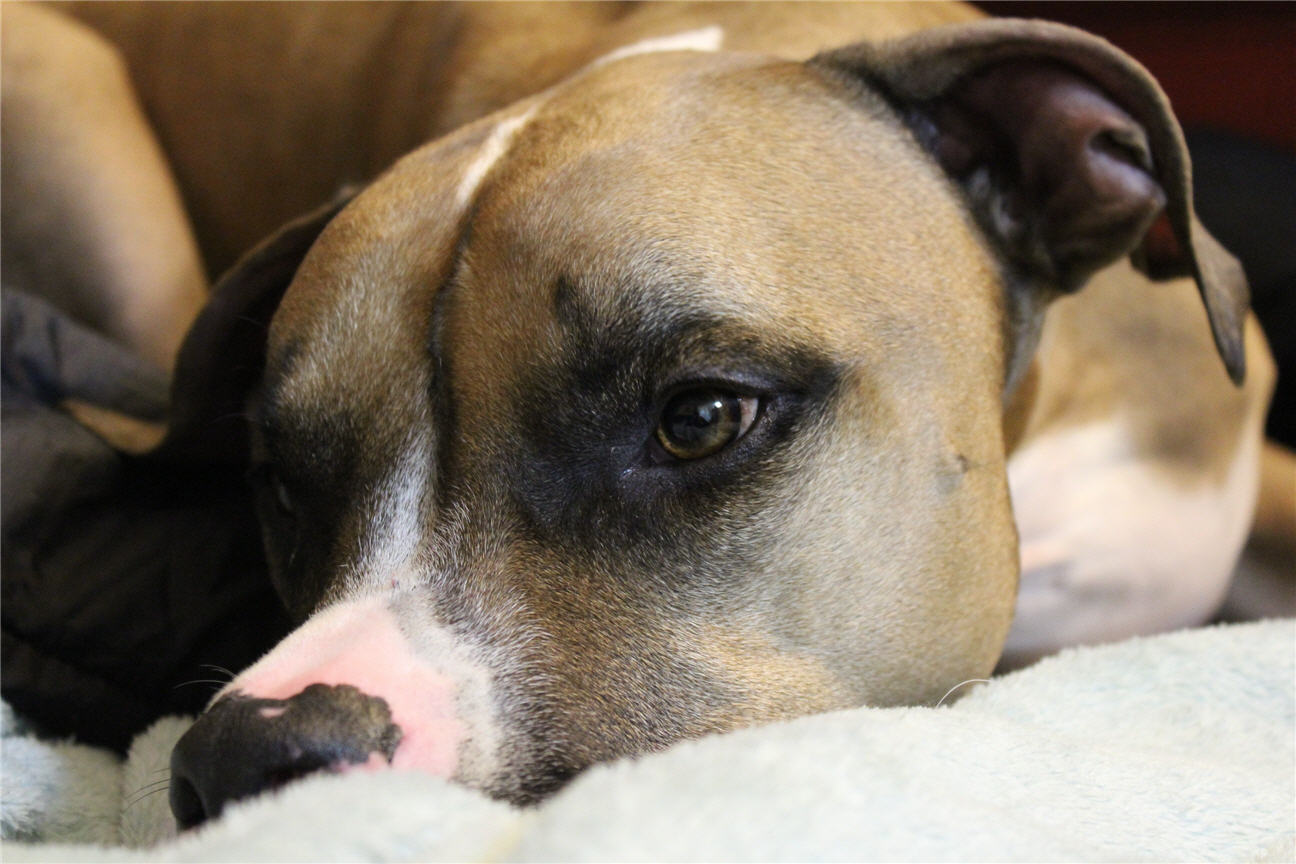In the video below, Dan Scott, canine nutrition and home remedy specialist will discuss the five signs of a yeast infection and seven ways you can stop an itchy dog yeast infection.
Additionally, he discusses what you can do to solve the underlying cause of your dog’s distress. If your dog suffers itchy skin, hot spots, chews, or licks at their feet often, and gets ear infections, your dog could be suffering a yeast infection.
Yeast covers the skin of humans and dogs as part of the normal flora and it’s also inside your dog’s body, mostly in the gut and normally in a healthy state of balance.
However, things can get out of balance quickly when your dog sees the immune system is under stress and the yeast becomes overgrown and out of control spreading throughout the body and over the skin as fungus.
Welcome to the ugly world of yeast infections.
5 signs of a yeast infection:
- Itching and scratching: One of the most common signs of a yeast infection in dogs is excessive itching and scratching, especially around the ears, paws, and groin area.
- Red, inflamed skin: Yeast infections can cause a dog’s skin to become red, inflamed, and even develop rashes or sores.
- Strong odor: Yeast infections can cause a distinctive, musty odor that’s often compared to the smell of bread dough or beer.
- Greasy or oily coat: Yeast overgrowth can also cause a dog’s coat to appear greasy or oily, even if they haven’t been bathed recently.
- Changes in behavior: Some dogs with yeast infections may become irritable, lethargic, or exhibit other changes in behavior as a result of the discomfort and irritation caused by the infection.
If your dog is suffering from a yeast infection, there are a number of steps you can take to support its gut health and alleviate its discomfort.
5 Effective Remedies for your pup to try at home:
- Administer probiotics to your dog to restore balance in its gastrointestinal system and promote gut health.
Probiotics can be a helpful tool in supporting your dog’s gut health. These beneficial bacteria can help to restore the natural balance of your dog’s gut microbiome, which can be disrupted by a variety of factors such as stress, diet changes, or antibiotic use. In addition to supporting digestive health, probiotics may also help to boost your dog’s immune system and improve overall health and well-being. Some studies have even suggested that probiotics may be helpful in managing certain conditions such as allergies, inflammatory bowel disease, and urinary tract infections.
- Avoid the overuse of antibiotics, as they kill all bacteria, including beneficial ones, which can exacerbate yeast growth and leave your dog in a worse condition than before.
- Refrain from administering your dog with harmful drugs such as flea and tick medications, worm medications, household cleaners, garden insecticides, and weed killers.
- Use Oregano. The herb Oregano, commonly used in Italian cuisine, also has potent medicinal properties that can help alleviate allergies, candida, mange, and yeast infections.
To prepare oregano oil, mix pure oregano oil with virgin olive oil in a 1:4 ratio, creating a 20% solution.
Oregano oil is an excellent antifungal agent, and rubbing this mixture on your dog’s paw pads and in between their toes can help treat a wide range of conditions, including yeast infections, allergies, parasites, and digestive issues.
Unlike vet-prescribed antibiotics, oregano oil does not harm your dog’s gut flora.
For skin lesions, skin cancers, sarcoptic and demodectic mange, bee stings and bug bites, ear infections, muscle pain, arthritis, contact dermatitis, and any form of external yeast infection, apply the 20% solution to the affected area daily until the issue is resolved.
- Opt for a healthier kibble diet for your dog. Kibble is a known source of yeast, but you don’t have to switch to a different brand of kibble. By supplementing your dog’s current kibble meals with certain additional ingredients, you can restore their gut flora and alleviate many of their health issues, including yeast overgrowth.
By following these home remedies, you can support your dog’s gut health and alleviate the discomfort caused by yeast infections. Don’t forget to consult with your veterinarian before trying any new remedies on your pet. Your vet can provide an accurate diagnosis, and they may recommend a skin scrape or other diagnostic tests to confirm that yeast is the cause of your dog’s symptoms..
Now That You Know the Causes of Yeast Infection…
Here are a few more things you can do at home to help manage your dog’s symptoms. Keeping your dog’s skin clean and dry, avoiding foods that contain high levels of carbohydrates or sugars, and using gentle, non-irritating shampoos can all help to reduce the severity of a yeast infection.
Certain breeds of dogs, such as Basset Hounds, Cocker Spaniels, and Shih Tzus, are also more prone to developing yeast infections.
Treatment for a yeast infection in dogs typically involves a combination of topical and/or oral antifungal medications, as well as addressing any underlying health issues that may be contributing to the infection.
In some cases, changes to your dog’s diet or grooming routine may help.
Remember, yeast infections in dogs can be uncomfortable and even painful, so it’s important to seek treatment promptly. With the right care, your furry friend can make a full recovery and get back to feeling like their happy, healthy self.
Also see:

I’m the owner of Avery’s Pet Styling Salon and Boutique. We offer comprehensive mobile pet grooming services for pet parents who want a professional pet grooming service to simplify their pet care decisions and enhance their lifestyle. I am also the owner of Avery’s Holistic Paws, the creator of Probiotic Dental Sticks for Dogs.










